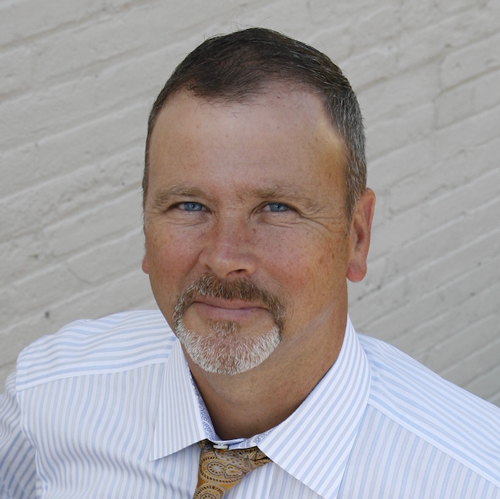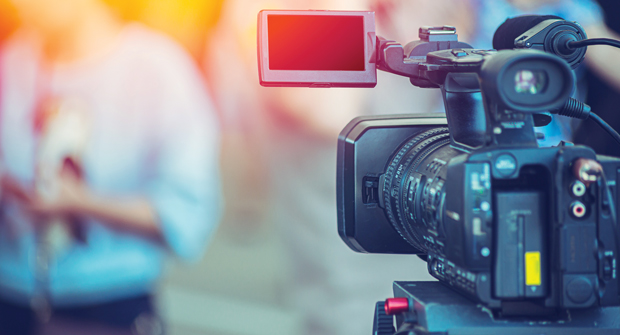
Entertainers and creators consider it part of their jobs to acquire and curate performance videos that can open doors to future opportunities. Professional actors, comedians and speakers understand there is no better marketing than demonstrated proficiency in your craft.
Visual evidence is also vital for growing a business in the landscaping industry. Seeing your range of capabilities is believing when it comes to persuading buyers to work with you. This is why I find it puzzling that many landscape professionals neglect to build their visual marketing assets like photos and videos.
In addition to helping you sell products and services, photos and videos are also important for winning landscape awards competitions, recruiting, training and general communication with clients.
As a former design/build contractor, I know it can be difficult to capture the beauty of landscapes. If you decide to hire professionals to shoot your projects, you’ll be disappointed with the results if your team is not intimately involved in the process. You and your team understand the property, the client and the objectives of the project. Therein lies the story that will be assembled through a collaboration with the photographers and videographers.
Whether you go that route or choose to shoot your own projects, the following practices will help eliminate common mistakes and set realistic expectations to enhance your outcomes.
1. Find the best light. The worst time for taking photos is midday when the light is intense. The best time is early morning or late afternoon when there are shadows, and the light is softer. I recommend shooting every project just after sunrise and before sunset to determine which works better.
2. Shoot it again. In the days of film photography, one of my landscape architecture professors suggested pre-shooting every site without film to better understand it. That’s still good advice. Before taking photos, try to see the project with fresh eyes, as if you are seeing it for the first time.
3. Get multiple perspectives. If you want eye-catching photos, you must experiment with perspectives. Our favorite tactic was using a 14-to-16-foot stepladder to give our photos a flatter composition. Conversely, lying on the ground can create compressed layers of turfgrass, perennials, ornamental grasses and shrubbery that are stunning.
4. Make a composition. Every photo, including your next selfie, works best if there is a primary and secondary subject that gives it context. Move the main subject to one side to highlight a secondary subject, like an interesting foreground or background that adds to the visual narrative.
5. Tell your story. If your landscape company’s mission is designing and building outdoor environments for people, then they should be part of your marketing. You can do this in subtle ways without revealing their identity. This approach creates marketing with a signature nod to your brand distinction.
Most of us are guilty of shooting abundant photos and videos with the intention of finding the occasional happy accident. Being intentional with these best practices will help you build the visual assets your marketing needs.
Bonus tip
In addition to shooting your projects, build the habit of compiling photos of landscape projects you admire. You’ll discover clients will be interested in the ideas that inspire you and may be willing to give you opportunities to stretch your capabilities and grow.


